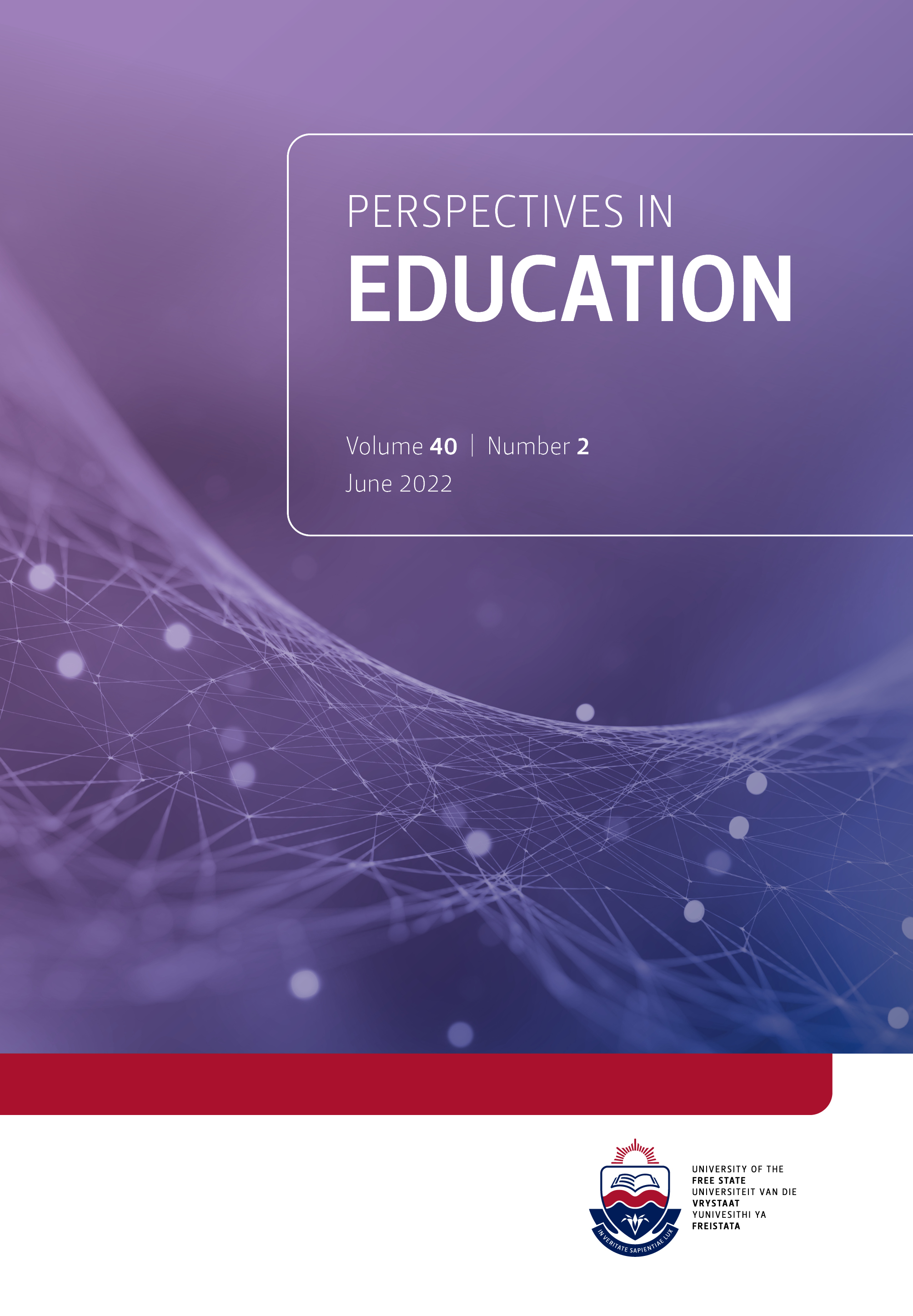Measuring risks associated with students of introductory statistics: Scale development and implementation
DOI:
https://doi.org/10.38140/pie.v40i2.5643Keywords:
Statistics students at risk, Statistical anxiety, Attitude towards statistics, Motivation, Academic procrastination, Mathematical history, Scale developmentAbstract
A lack of understanding of statistics, and being unable to apply its techniques, not only has a negative impact on the pass rates of students studying introductory statistics, but also affects the potential usefulness of these students when they enter the marketplace. I report here a novel scale developed to measure various factors that may be associated with the risk of failing an introductory statistics module at university. Various scales are available, but a single scale succinctly combining the factors was not available. The risks students face were explored by creating a 17-item instrument, named the Statistics Students’ Risk Questionnaire (SSRQ). The resulting SSRQ scale consists of four dimensions (motivation, attitude towards statistics, statistical anxiety and academic procrastination) that were identified through exploratory factor analysis. The model was confirmed using confirmatory factor analysis. The reliability of the scale was determined, and its usefulness was demonstrated to identify at-risk students. The scale can be applied to determine overall risk but can also be used to reveal which factors contribute to the risk. The scale can be supplemented by including the mathematical history of students of concern as an additional risk factor. This enables the statistics lecturer to select an appropriate support plan to assist atrisk students based on which factors are flagged as risks.
Downloads
##submission.downloads##
Published
How to Cite
Issue
Section
License
Copyright (c) 2022 Wilma Coetzee

This work is licensed under a Creative Commons Attribution 4.0 International License.





